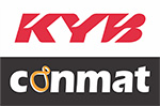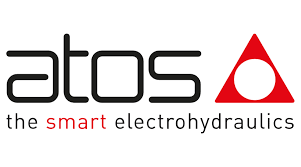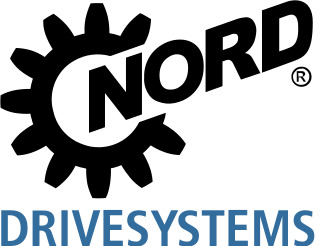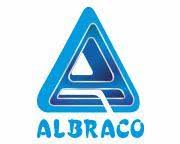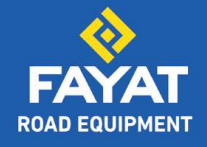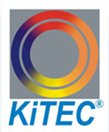Everest Connect entrusts the next-gen PEB solutions
By Staff Report | October 25, 2024 6:34 pm SHARE

The Everest Connect Delhi event brought together industry professionals to discuss difficulties in pre-engineered buildings (PEB) and steel structures, encouraging collaboration and innovation for a forward-thinking construction vision.
The Everest Connect Delhi event brought together delegates from many sectors, signalling a successful continuation of the series that began in Mumbai. With an emphasis on encouraging collaboration and innovation, the event allowed industry leaders to share information and address project execution difficulties, particularly in Pre-Engineered Buildings (PEB) and steel structures.
The event opened by welcoming attendees and emphasising the significance of bringing industry leaders together for learning and cooperation. Sricharan Vulchi, Business Head of Everest Industries, stated that Everest Connect addresses operational challenges in project execution rather than simply promoting PEB or steel structures, emphasising the importance of stakeholder collaboration and shared experiences in achieving better project outcomes. A subsequent video presentation highlighted Everest Industries’ major projects and successes, demonstrating the company’s unique approach to problem-solving.
Nilesh Babura Salunkhe offered a detailed examination of crane beam operational challenges, utilising the TATA Power Project as a case study. He described the difficulties faced during installation, emphasising crucial aspects influencing crane performance, such as off-centre rail alignment and incorrect fastening. Salunkhe emphasised the necessity of staying within design tolerances in crane installations to improve safety and performance.
Ramesh Babu from Everest’s design team discussed successfully completing a 4 GW project for Tata Power in Tirunelveli, Tamil Nadu. Their successful project management highlighted the company’s dedication to quality, resulting in more contracts with other clients.
The event followed a panel discussion by Avinash Gore, featuring industry experts such as Gaurav Varmani, Architect, Saroj Burman, Project Director, Hitachi Energy, Ar. Anuj Vasudeva, Principal Architect at ANMA Architects, Mr. Amit Murao, Principal Architect and Partner at Aashray Design Consultants Pvt Ltd, and Dr. Vinod Jain, managing director of Vintech Consultants and Mehro Consultants. The panellists emphasised the importance of stakeholder engagement, giving real-world examples reinforcing the event’s joint growth theme. They emphasised the importance of enhanced communication and collaboration in overcoming problems in modern buildings.
Advantages of PEB
Pre-Engineered Buildings (PEB) have gained popularity in modern construction due to their numerous advantages over traditional steel and concrete constructions. These advantages include faster completion, cost savings, and sustainability. PEB projects are preferred for their efficiency, which aligns with sustainability objectives by decreasing material waste. They provide regulated quality assurance, which ensures better material quality and workmanship than on-site fabrication. PEB’s structural features, such as huge spans and heights, make it excellent for massive buildings. However, specialised facilities like pharmaceutical companies may still favour reinforced cement concrete (RCC) due to specific planning requirements. Furthermore, PEB construction improves safety by fabricating in controlled settings, lowering site-related dangers.
Selecting the right PEB contractor
Choosing the correct contractor is critical because vendor estimates vary greatly, typically due to inconsistent standards. To reduce pricing differences, consultants should offer defined specifications and standardised design basis reports. A single design from a consultant for bidding can simplify the quoting process and save time.
Challenges during the GA drawing phase
The General Arrangement (GA) planning phase frequently necessitates considerable changes, demonstrating a need for architectural delicacy in PEB manufacture. Including architects early in the PEB process can help architects and engineers collaborate more effectively and match designs with expectations.
Managing changes post-approval
Effective change management following project approval is crucial. Achieving error-free GA drawings upfront is frequently impractical, resulting in last-minute adjustments during manufacturing. Establishing precise timetables and communication can reduce difficulties and improve project efficiency. A recent situation involving an airtight structure demonstrated the value of trained specialists in design and manufacture, as planning errors resulted in major delays.
Challenging perceptions of PEB
Many architects are suspicious of PEB, associating it with simple designs. This archaic viewpoint disregards the industry’s advances and diverse design possibilities. Architects can challenge these prejudices by embracing the benefits of PEB and incorporating them into inventive, aesthetically pleasing buildings. The PEB sector’s future was discussed, focusing on innovation and adaptation to meet changing market demands. The construction industry confronts various issues, including labour shortages and environmental concerns, leading to widespread agreement that novel materials and efficient design tactics will be critical in moulding its future.
Enhancing aesthetic appeal through collaboration
Collaboration between architects and PEB producers is critical to improving design aesthetics. Successful projects exhibit the ability to customise, which might challenge the traditional image of PEB structures.
Bridging the material knowledge gap
Architects need more material expertise, a fundamental need for steel structures. Enhancing architectural education and fostering collaboration with PEB manufacturers can close the gap and promote a greater understanding of steel as a viable construction material. Steel is becoming more popular in residential buildings, as seen by a recent G+1 farmhouse made entirely out of steel in a short time. However, the interaction between academics and industry must be strengthened to prepare graduates for real-world challenges effectively.
The current landscape of PEB
The panellist emphasised developments in structural engineering standards, such as the availability of higher-grade steel (450), but also noted a substantial gap in implementing current software and technology. The increasing demand for quick solutions in modern construction makes PEB systems critical to achieving speed and efficiency. However, implementing designs frequently presents obstacles, particularly with typical box-like structures that limit flexibility and inventiveness. Industry executives proposed looking into hybrid architectures that combine different materials to increase design flexibility.
Modular designs: A game-changer
Modular designs are similar to a “Lego block” system, allowing simple alterations without expensive restorations. This modular technique enables clients to adjust their buildings to changing needs, such as adding windows or ventilation systems, while maintaining the structure’s integrity.
Concerns about corrosion, particularly in coastal areas, highlight the significance of taking proactive actions to reduce its consequences. Collaboration among suppliers and manufacturers to create corrosion-resistant materials is critical for reducing long-term maintenance difficulties.
Renewable energy goals and PEB demand
As the country works towards large renewable energy targets, the need for PEB structures is expected to increase. Experts argued for a paradigm shift in how PEB is perceived—not only as a warehouse solution but as a versatile choice for various applications. They offered a concept similar to IKEA’s, with customisable, off-the-shelf solutions adapted to specific client tastes. Implementing sophisticated technologies such as Building Information Modelling (BIM) and Artificial Intelligence (AI) to expedite workflows and improve project outcomes was highlighted. BIM can improve visualisation and problem detection during the planning stage, avoiding costly changes during construction.
Overcoming stereotypes and embracing agility
A mental shift is required to overcome the difficulties confronting the PEB business. It is critical to challenge stereotyped thinking by advocating for innovation and collaboration among architects, structural experts, and PEB providers. Successful projects necessitate excellent collaboration to maintain architectural integrity while obtaining desired results. Engaging with consultants to identify pain areas is critical for creating effective data and detailing, which can lead to better project outcomes. By addressing these issues, industry players can raise the quality of PEB buildings.
Pursuit of green certifications in PEB design
The selection of materials, such as green paints and low-emission alternatives, is critical to facilitating green certification. Panel participants stressed the significance of resolving fire safety concerns, especially crucial in public buildings.
Addressing concerns about roof leakage
Concerns concerning leaks in PEB roofs are frequently linked to weather-induced steel expansion and contraction. Several advisors agreed that installation quality is equally important as design and production. They emphasised the significance of using skilled workers rather than settling for the lowest alternative, as improper installation can result in serious long-term problems.
Maturate detailing and execution are needed, as even minor installation errors might cause leakage. Consultants recommended pre-monsoon inspections and annual maintenance to preserve the longevity and functionality of PEB buildings. Educating consumers on maintenance methods is also important since many clients are unaware of the continuing upkeep their facilities require.
A collaborative approach to design standards
The conversation highlighted the critical need for a common code to speed the design process and remove uncertainty among stakeholders. Panellists emphasised the need for collaboration among designers, contractors, and manufacturers in developing shared standards. A well-defined standard can help to align expectations and support effective project execution.
The future of the PEB industry depends on a commitment to innovation and a readiness to embrace change. Young architects should raise their awareness and engagement to attract new talent to the profession. Stakeholders can redefine the PEB sector’s image by highlighting the exciting opportunities it offers, positioning it as a vibrant and crucial component of modern buildings.
Everest Connect Delhi was an invaluable venue for industry professionals to share insights, discuss difficulties, and build collaborative relationships. As the PEB sector evolves, its future will be shaped by a commitment to innovation, collaboration, and safety, maintaining its place as a cornerstone of modern construction.
For more information, visit: https://www.everestind.com/
Cookie Consent
We use cookies to personalize your experience. By continuing to visit this website you agree to our Terms & Conditions, Privacy Policy and Cookie Policy.


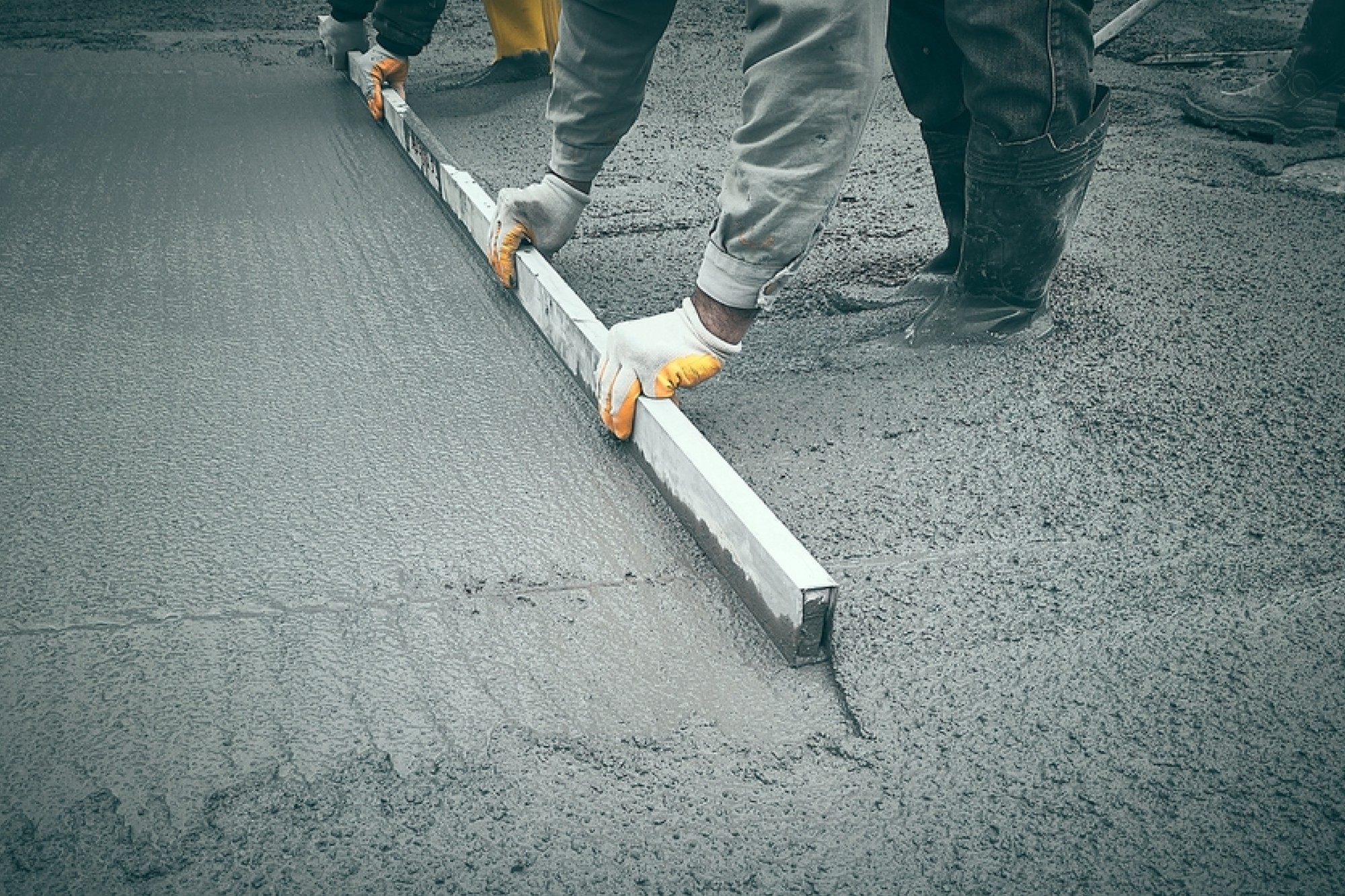

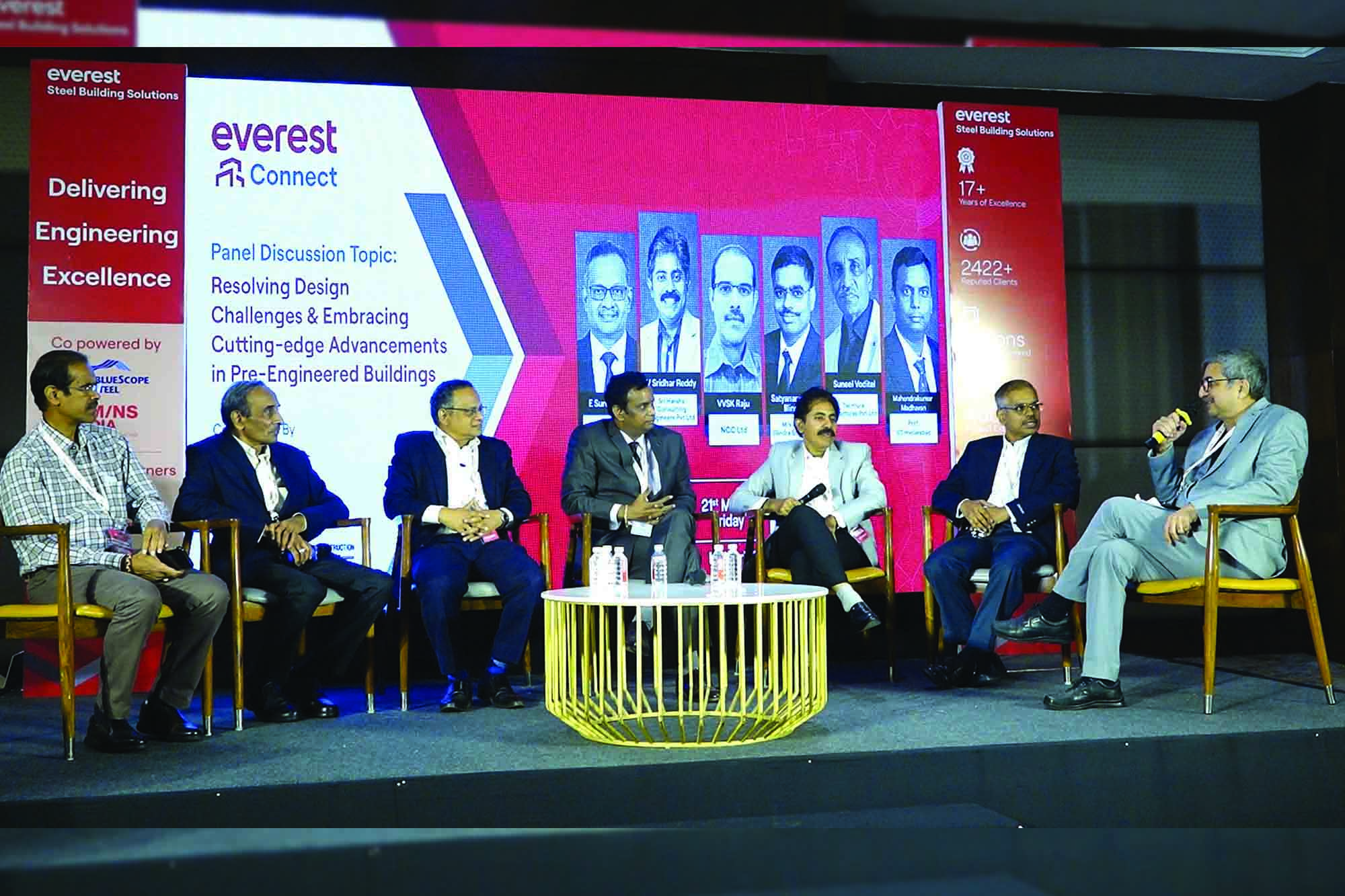


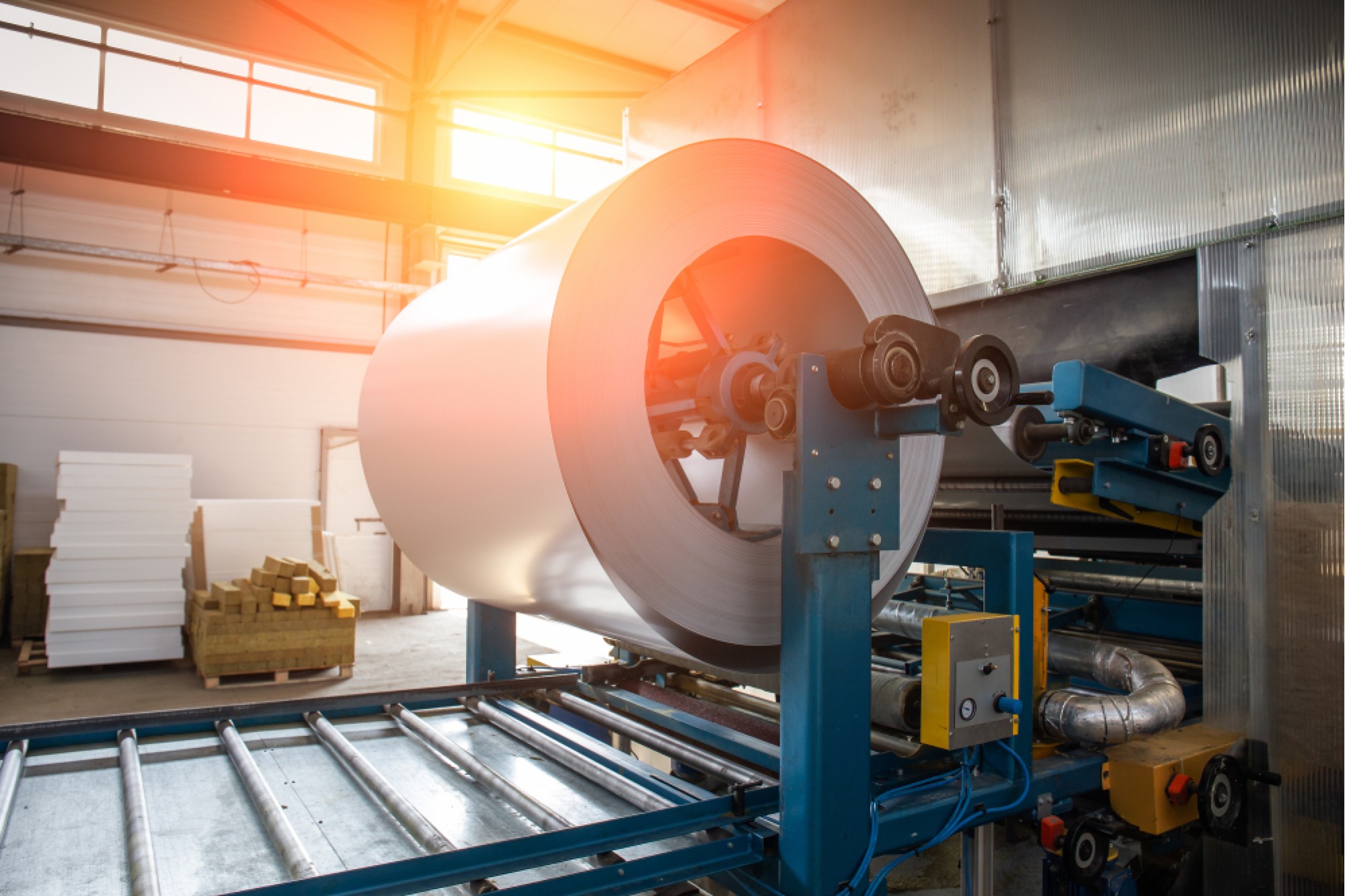
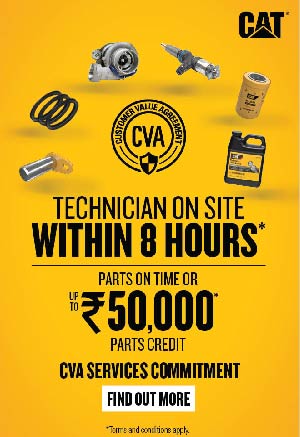










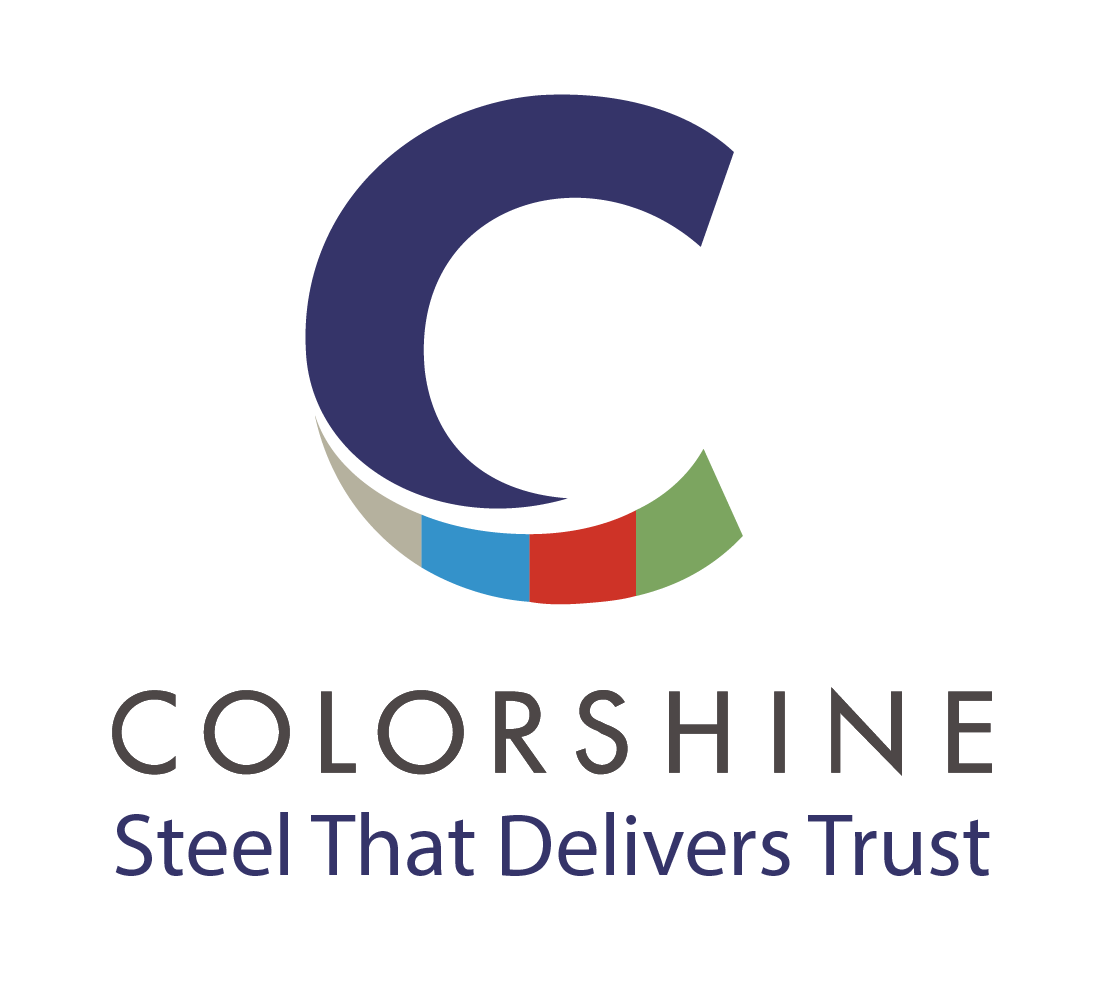











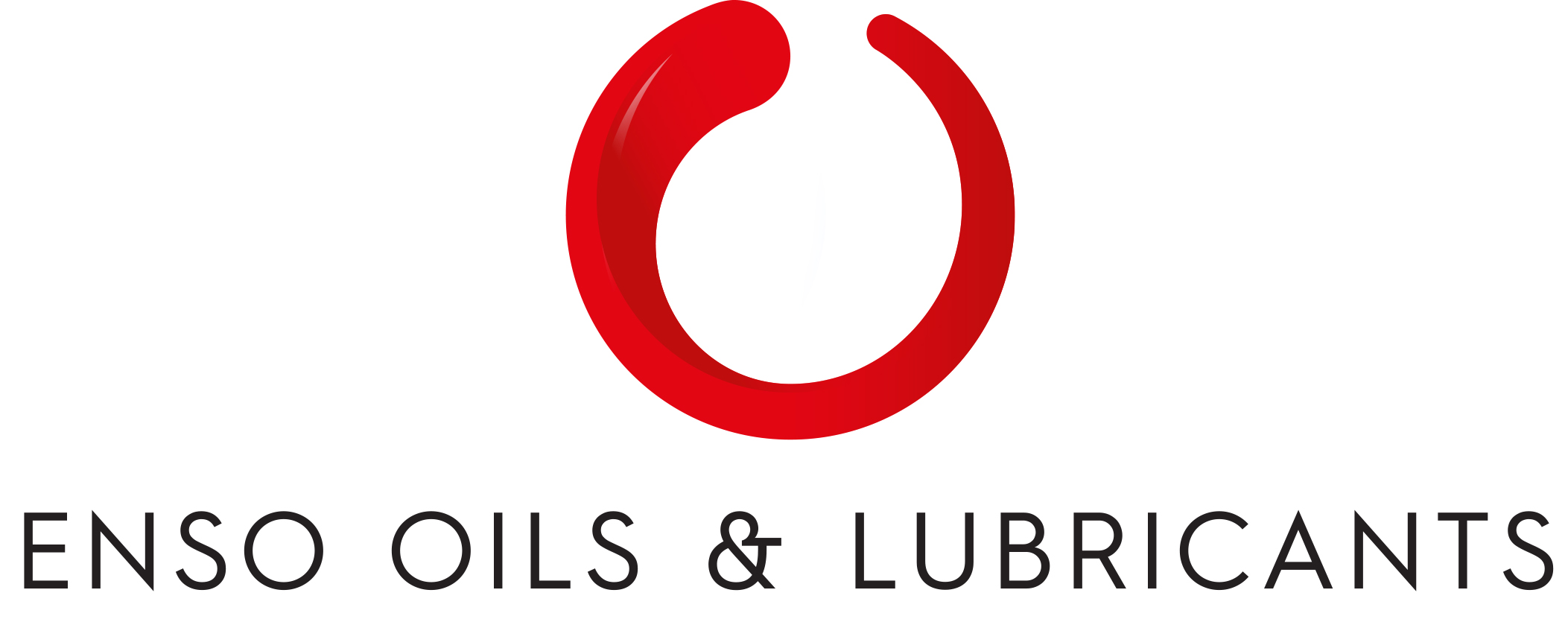


-20240213125207.png)

